By Rebecca Drew
THIS INCREDIBLE young woman was left paralysed from the waist down after being flung from a car window during a drink driving incident but has since found a meaning in life through warning other teens against doing the same.
Student, Carissa Sawyer (21) from Monroe, Louisiana, USA, was left paralysed after she was involved in a terrifying drink driving accident when she was on her way home from a party with friends on September 6, 2015.
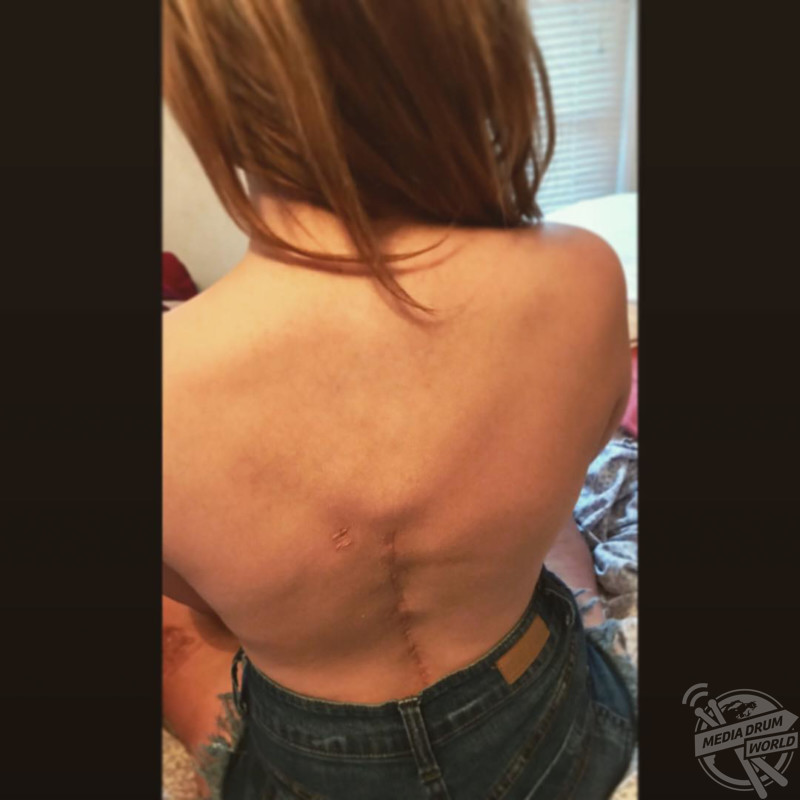
Carissa Sawyer / MDWfeatures
That night, Carissa, her best friend at the time and a male friend were travelling home in the early hours after an evening of drinking. By the time they had dropped off their first friend, the vehicle they were travelling in had run out of fuel. The girls were unfamiliar with the area so their male friend offered to lead the way in his truck to the closest petrol station.
Carissa hopped into the passenger’s seat of the truck but as soon as they pulled out of the drive her friend started to speed down the road before losing control of the vehicle and Carissa was sent flying through the passenger’s side window and immediately blacked out.
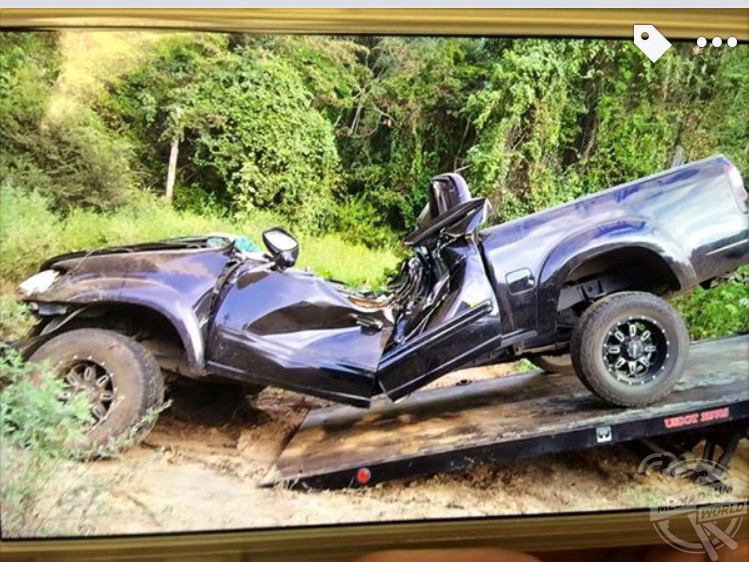
Carissa Sawyer / MDWfeatures
On impact, she sustained a T-10 spinal cord injury that left her paralysed from the waist down, a subdural hematoma, broken ribs and sternum and both of her lungs collapsed when she got to the hospital. Carissa’s paralysis means that she has lost the ability to control her bladder fully, has lower motor function and loss of all feeling below her waist.
Before her accident, Carissa was the captain of her school’s dance team and had just started university where she had received a bid to join a sorority. Coming to terms with being in a wheelchair was difficult for Carissa as she was anxious about being out in public but she soon grew bored of closing herself off and now uses her story to discourage teens from drink driving.
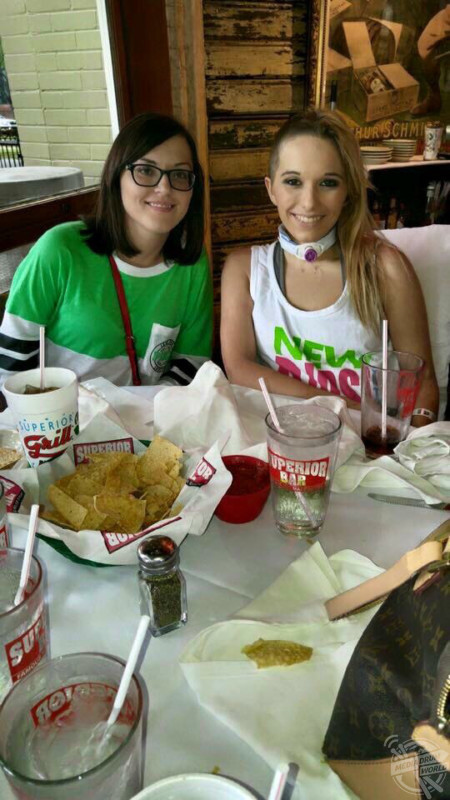
Carissa Sawyer / MDWfeatures
“I left a party with my best friend at the time and a male friend I had met up with there. My friend and I planned to drop him at home and return back to her house to get some sleep. However, he lived pretty far away from us so by the time we reached his house, her car had run out of gas,” said Carissa.
“We were unfamiliar with the area, so the male friend offered to drive his truck to the nearest gas station and let her follow. He asked me to ride in his truck with him, and I agreed. We had all been drinking, so none of us were in a position to drive but it had been a few hours since we had our drinks, so I assumed that it would be fine.
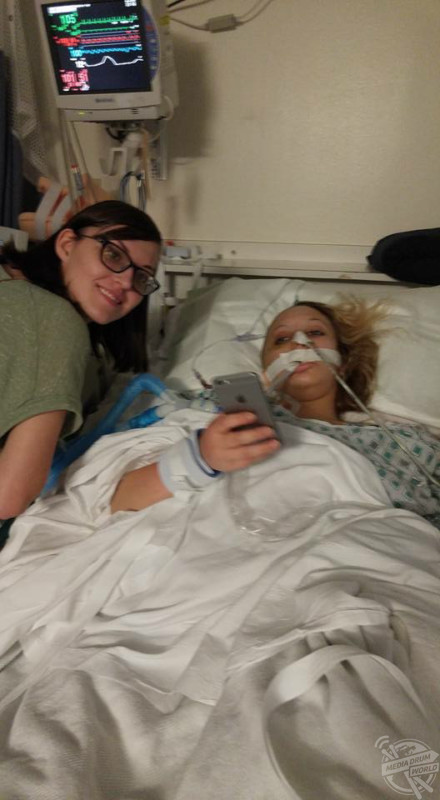
Carissa Sawyer / MDWfeatures
“I got in his truck and once he backed out of the driveway, we took off speeding down a curvy, black road. I have no idea how fast we were going, but I was terrified. I remember thinking we had hit a bump, because I was jolted up out of the seat.
“However, what I felt was actually my head hitting the passenger-side window before I went through it and blacked out for an hour and a half.
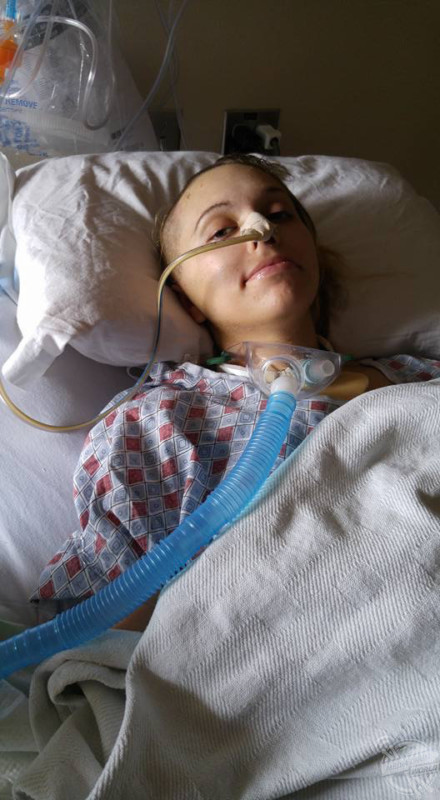
Carissa Sawyer / MDWfeatures
“Upon impact, I sustained a complete spinal cord injury at the T-10 level, meaning I was paralysed from the waist down. I also had a subdural hematoma that required emergency surgery, broken ribs and sternum, and later had both lungs subsequently collapse at the hospital.”
Carissa was in hospital from the day of her accident to October 30, 2015, during this time she had to undergo a number of surgeries including; subdural hematoma removal, spinal cord fusion, tracheotomy and removal, peg tube insertion and removal.
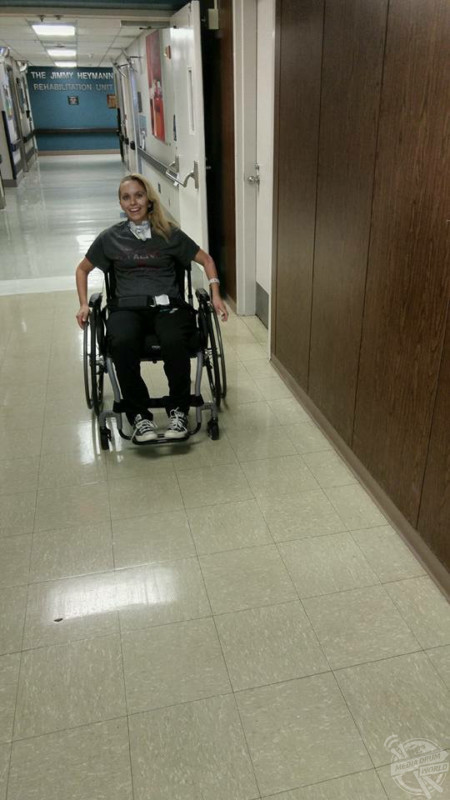
For her rehabilitation, Carissa was transferred to a specialist hospital where she did three hours of physical and occupational therapy a day and attended spinal cord injury classes and therapy – when she first arrived at the hospital, she couldn’t sit up in bed.
Carissa spoke about how her life after the accident compared to her life before and how she adjusted to this change with the love and support of her family.

“Before the accident, I was captain of my high school’s dance team in my senior year. I had started college and turned 18 within the same week, only two weeks before the accident occurred,” she said.
“I was very excited about my classes, and had gone through sorority recruitment for my college and received a bid to join one. I was working two jobs and constantly running around, much like I am now.
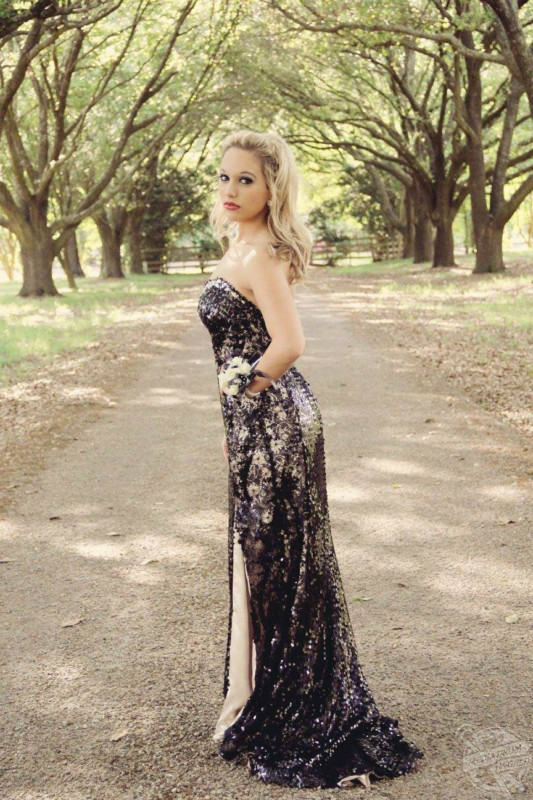
Carissa Sawyer / MDWfeatures
“However, I am a very different person now. I don’t take anything for granted and I value the people who truly care for me.
“After the accident, it took a lot of time to adjust to being in a wheelchair. The hardest part in the beginning was the way that everyone seemed to stare at me. I battle with anxiety, so going out in public and feeling everyone’s eyes on me often caused panic attacks.
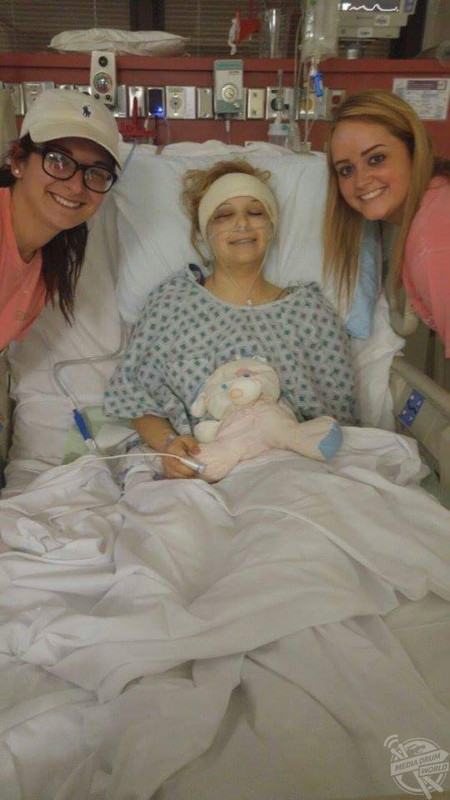
Carissa Sawyer / MDWfeatures
“However, I grew bored of shutting myself in my house and forced myself to get back into school and work as soon as possible. On the outside, it seemed like I adjusted extremely well. But my parents and family know that I struggled emotionally for a very long time, and it is still difficult at times.
“The accident has changed my life in so many ways. Although my physical body has more weaknesses than I ever could have imagined at this age, my mental and emotional state has grown exponentially stronger.
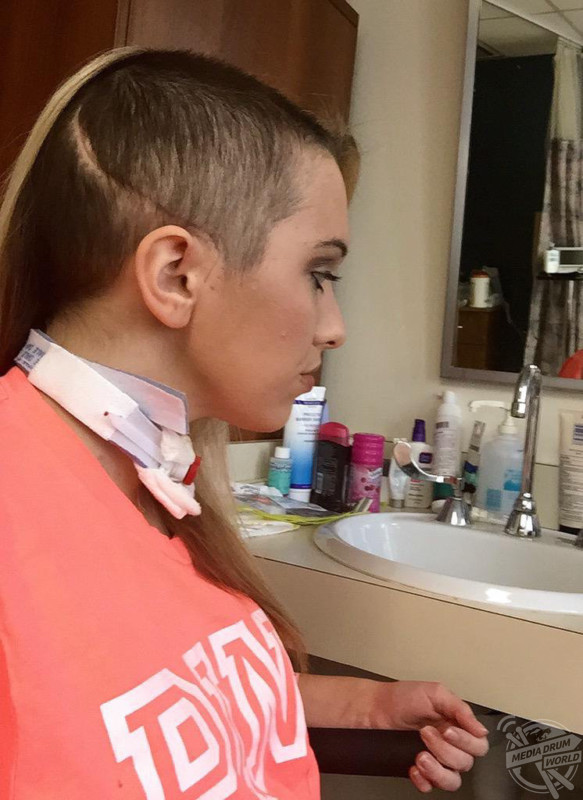
Carissa Sawyer / MDWfeatures
“I have matured immensely, and I have found the purpose for my life: helping others through sharing my story. I have had the opportunity to talk with others who have gone through many of the things that I have and reassure them and their family members that things will get better, because I am living proof that it truly does get easier as time goes on.
“I am so much closer to my family, and I have genuine friends that I would do anything for. I have suffered, but I believe that there is a purpose for my pain.
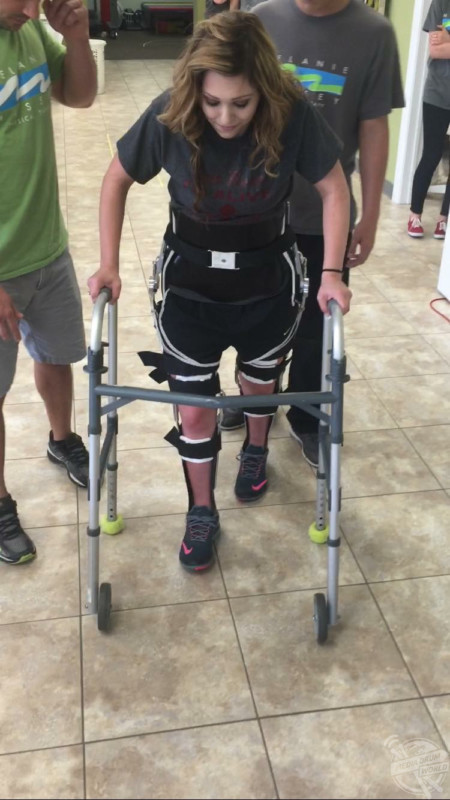
Carissa Sawyer / MDWfeatures
“My family has been my biggest support throughout this entire journey. I am an only child, so my parents went through a plethora of emotions when my condition was uncertain and they had to watch me suffer both physically and emotionally.”
Next, Carissa discussed the most difficult thing about her recovery.
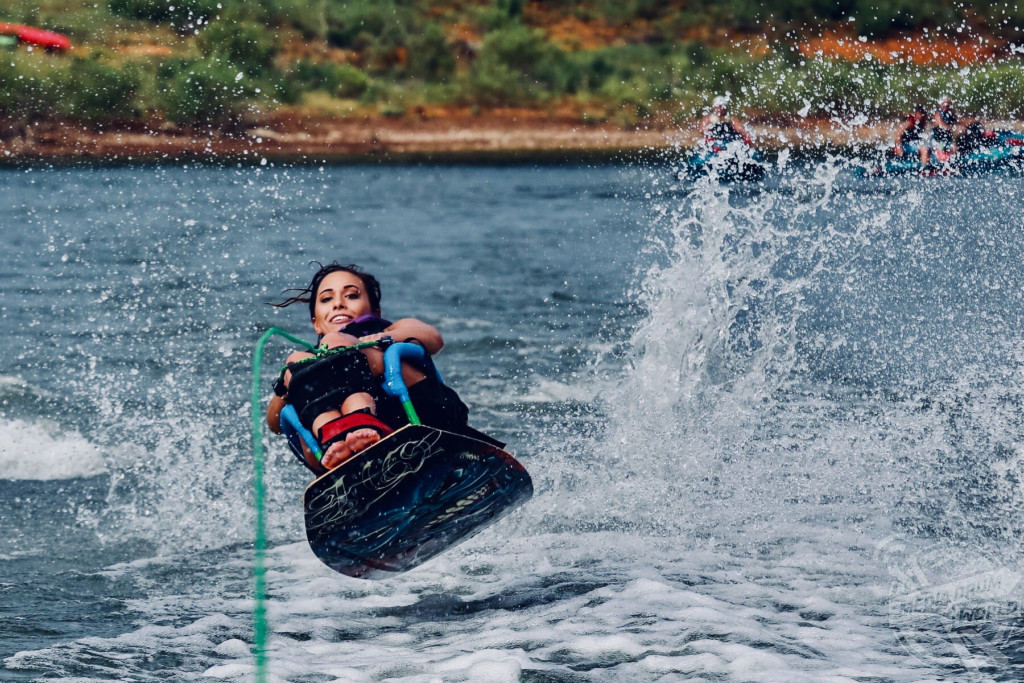
Carissa Sawyer / MDWfeatures
“The most difficult thing about my recovery has been getting used to life as a paraplegic woman. Being a paraplegic is much more complicated than losing the ability to walk; paralysis at my level means loss of the ability to fully control bladder function, lower motor function, and loss of all feeling in my circumstance,” she explained.
“There was an instance when I accidentally set my curling iron on my leg and ended up with third-degree burns due to inability to feel my skin burning.

Carissa Sawyer / MDWfeatures
“Learning to manage my bladder with intermittent catheterisation was the biggest challenge that most people do not know about because it is not something that most people want to talk about, but it was a major adjustment for an 18-year old woman to make.”
Following her accident, Carissa learnt how to drive using hand controls and she takes part in adaptive water sports in the summer, whist hoping to show people that being in a wheelchair doesn’t mean that she has to miss out on the things she enjoys.
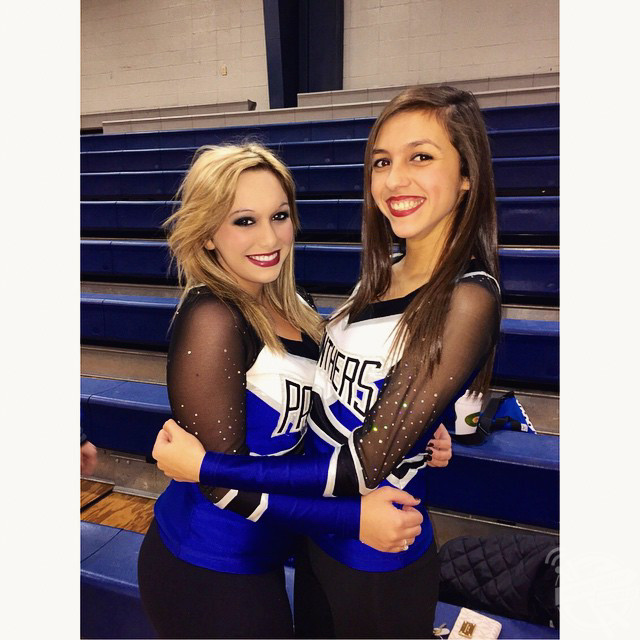
Carissa Sawyer / MDWfeatures
She is now training to become a family therapist for victims of traumatic injuries like hers and their family members.
“When friends and family see how far I’ve come, they tell me how proud of me they are, and we laugh about the past times that were difficult. When I get discouraged, they remind me of how far I have come and lift me up in encouragement,” she said.
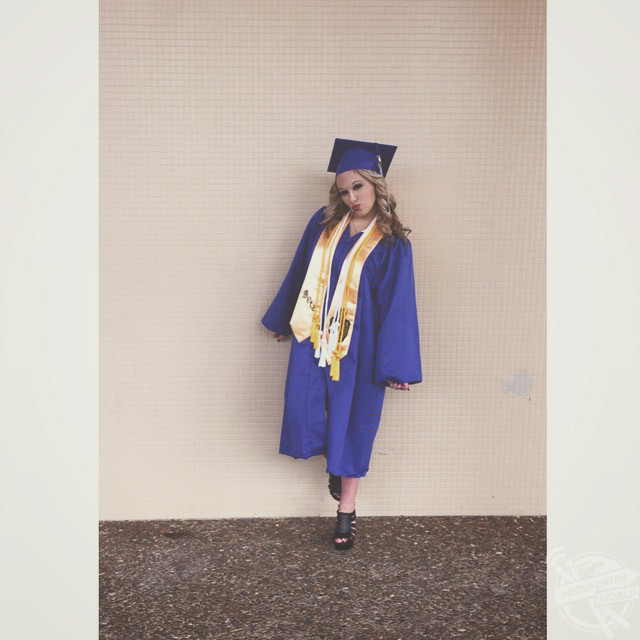
Carissa Sawyer / MDWfeatures
“I plan to be a family therapist for victims of traumatic injuries like myself, and their loved ones. I am involved in a non-profit organisation called You Are Worth It (YAWI), which allows me to visit schools and give motivational speeches against drunk driving and encourage adolescents to make responsible decisions.
“I intend to continue working with YAWI to reach more young adults to potentially save lives and prevent accidents like mine.
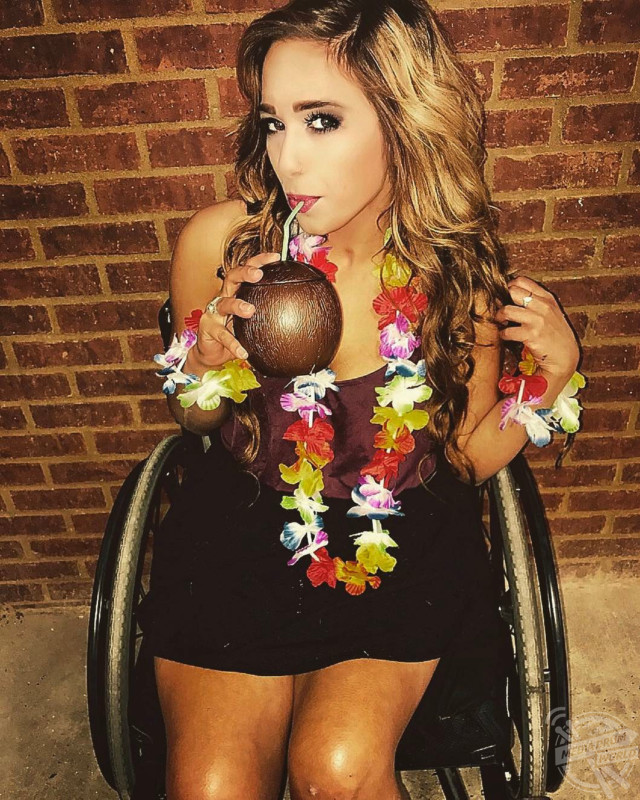
Carissa Sawyer / MDWfeatures
“Being in a wheelchair does not mean that you are any less of a person than anyone else. You can do anything that you put your mind to. Your life is important, and you matter.”

Carissa Sawyer / MDWfeatures
For more information see www.instagram.com/csawyer15






